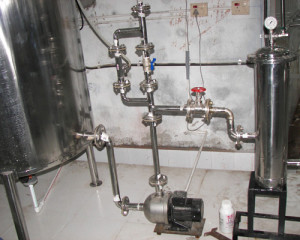The earth is full of water. But what per cent age of waster is fit for drinking? Water obtained from natural resources is not fit for consumption. Water is found in plenty from rivers, streams and lakes but there is a huge scarcity of drinking water. Harmful microbes are present in water, thus making it unfit for consumption. There are several diseases which are caused due water contamination. Water needs to be treated properly both for domestic and commercial purpose.

Water Treatment Process
Water treatment process is used to treat water and make it microbe-free. This treatment process is used in several uses such as drinking water, commercial and industrial processes, medicinal and several other things. The aim of every water treatment process is to remove contaminants present in the water, or curtail the concentration of the contaminants. By doing so the water is absolutely suitable for its much desired end-use.
Water purification is the process by which biological contaminants and undesirable chemicals and materials are removed from raw water. The goal is to produce water fit for a specific purpose. We need pure water for consumption. Besides human consumption, purification of water is also required for a number of varied purposes such as including meeting the requirements of pharmacology, chemical, medical and industrial applications.
The methods which are used include several processes:
Physical Processes
1. Filtration
2. Sedimentation
Biological Processes include activated sludge or slow sand filters.
Chemical Processes include
1. Flocculation
2. Chlorination
3. Electro-magnetic radiation such as ultraviolet light
By purifying water, the concentration of matter such as parasites, fungi, algae, viruses and suspended particles.
Through the various processes, it is ensured that healthy and hygienic water is distributed.
